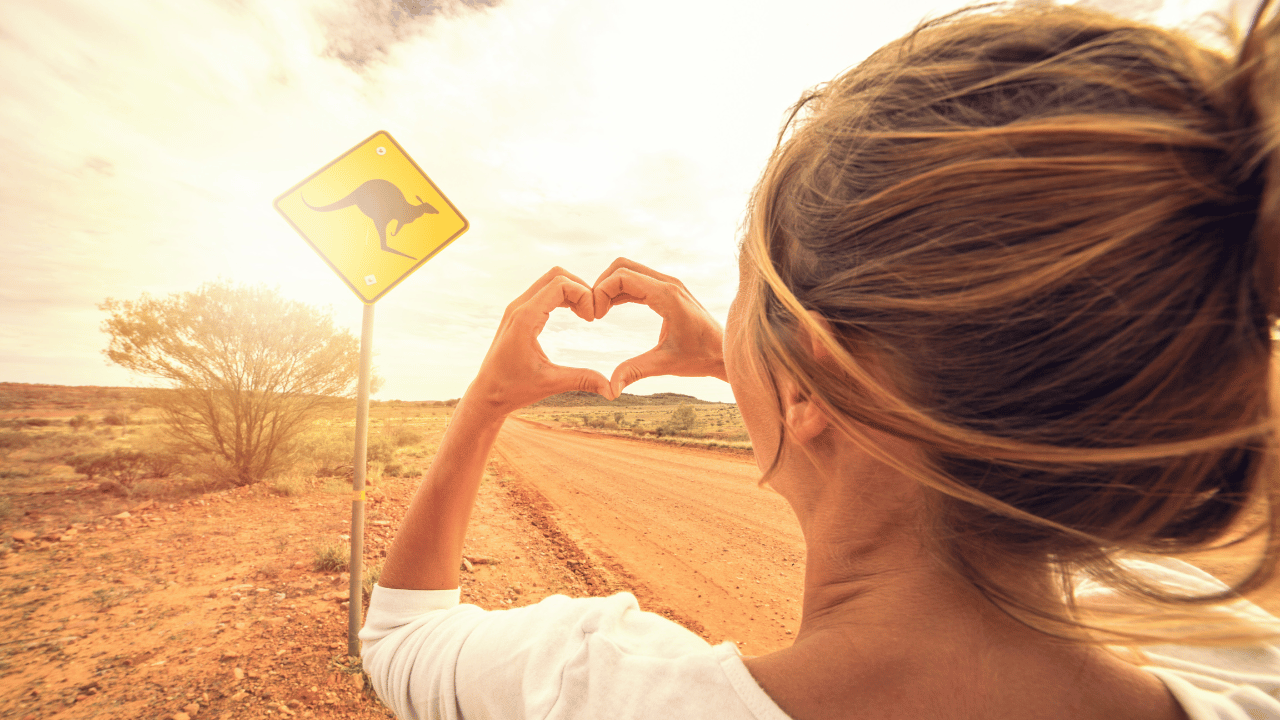People often say that “everything is trying to kill you in Australia”. But is that really true?
How about solo travel in Australia? Can you survive the vast and desert-like Outback all by yourself? Are the cities and motorways safe?
I will share my personal experiences in this article and you should be well-prepared to venture out (alone or with a mate) into this beautiful but sometimes hostile country.
Is Australia a Dangerous Country?
To tell you the truth, I feel bad about calling Australia a “hostile country”. I consider Australia one of the best and nicest countries I have ever lived in. Not only did I meet my wife in Australia, but I also had the most memorable year there.
So, how dangerous is Australia?
In terms of crime, dangerous areas, and street safety, I would say it is much safer than the United States. Please note, that I didn’t want to look at statistics for this article but to share my personal experiences.
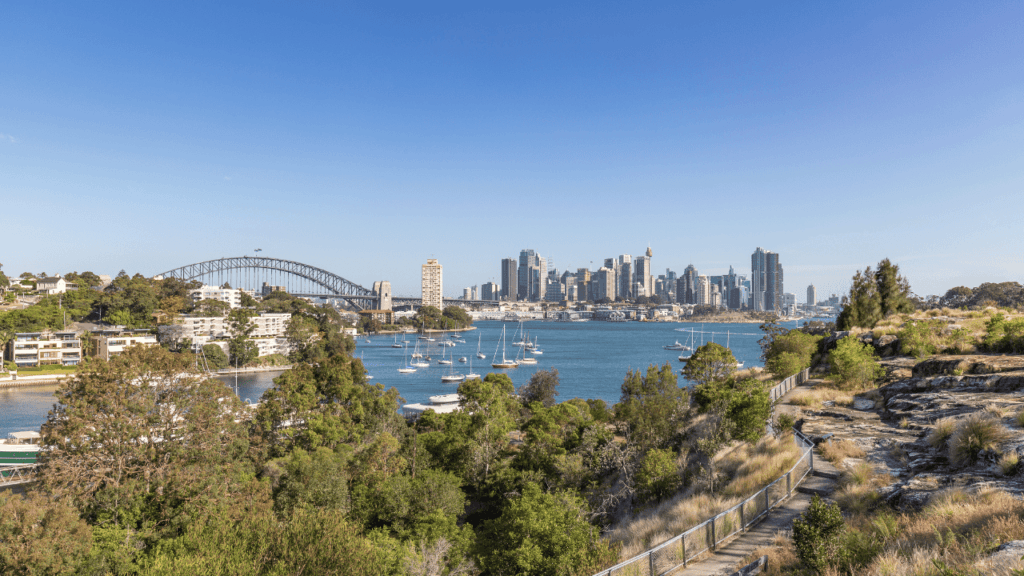
Sure, you can get mugged in the safest country on earth and, if you hang out with the wrong people, you are prone to get mixed up in sticky situations.
I regularly commuted by train in Sydney at night and it was fine. But do use common sense and basic safety measures, like finding friends or co-workers to travel with if you feel unsafe. As a woman, take some extra care. There can be creeps in any place.
All in all, I never felt in danger while living in Sydney. The only time I saw fights was in clubs or bars when alcohol or other substances were in play.
Does Everything In Australia Want To Kill You?
When you read or watch videos about Australia, you often hear about how everything there wants to kill there.
Australia has the most venomous animals in the world. Snakes, spiders, jellyfish. Then there are crocodiles (salties), dingos, even kangaroos can get dangerous.
How in the world can you even survive such a dangerous place?
The truth is, that you don’t need to be scared of any of that. What you need to have is respect and common sense.
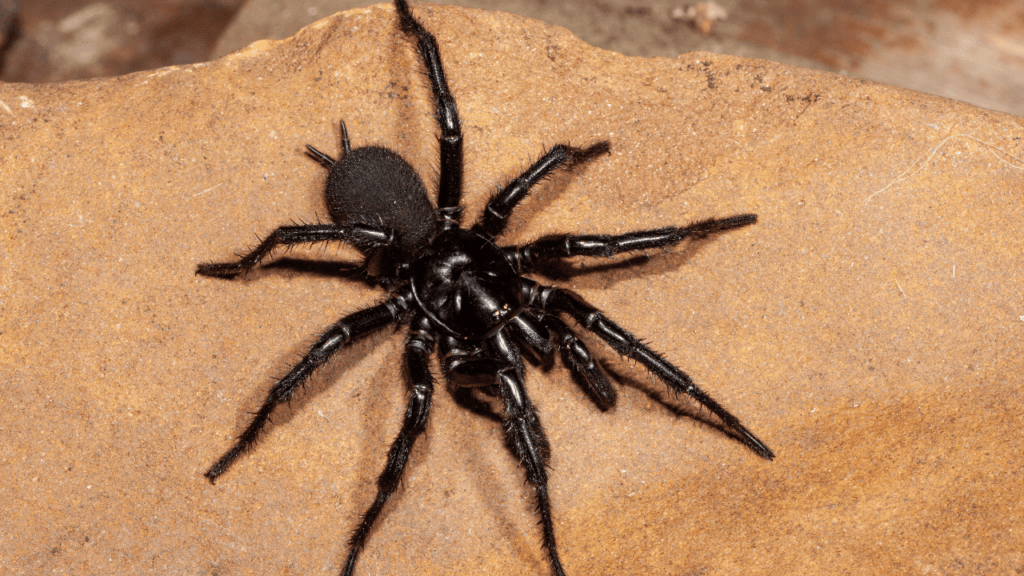
Don’t swim in any rivers, lakes, or the ocean if there are warning signs. If you are in a remote place without any signs, don’t get in the water there either. You won’t see a hunting crocodile until it is too late. They can lie still, completely underwater, and wait for something to get too close.
When hiking, it is a good idea to bring a long stick and stay on roads or travel paths. That way you can spot snakes a spiders early. The stick is a good way to defend yourself against snakes and other animals.
You’ll also get used to checking your shoes before putting them on. You never know what might have crawled into them.
I lived in cities and traveled through the Outback and I didn’t come across any snakes. I also didn’t see any of the infamous spiders, like the redback or funnel-web spider.
I saw loads of crocodiles, dingos, and other wildlife, but with the required respect and carefulness, I didn’t come into any dangerous situation.
How About Actual Travel Safety In Australia?
The good thing for travelers in Australia is, that there are loads of them. Millions of people fly to Australia every year and especially work & travel is very popular in Australia.
So, you will meet many like-minded people to become friends with quickly. Just check into any hostel and start a conversation with your roommates. I’m sure you’ll meet good people to hang out with.
And if you don’t find matching people in one hostel, just try again in the next one.
Once you are part of a group, you don’t really need to worry about safety anymore. Just use common sense and you’ll be fine. Safety lies in numbers.
But wait, this article is about “solo travel”. Let’s take a closer look at that, in case you want to take a break from human interactions:
How I Experienced Solo Travel In Australia
When I decided to go to Australia, I wanted it to be a real adventure. So, all I had was the plane ticket and my travel backpack. I didn’t have a plan, I didn’t book any accommodation, nothing.
All I had was a “Lonely Planet” and I decided to go to Bondi. At that time, I didn’t even know how famous Bondi was. So I got off the plane and had no idea how to get to Bondi. I decided to take a bus to Bondi Junction and take it from there.
However, I got off too early and then had to hike for a long time. Mind you, that was before smartphones, so all I had was a very basic map in my Lonely Planet.
It was very hot, the sun was burning, and I didn’t even know if I was on the right track. Luckily, Australians are kind people. Some random guy noticed that I was kinda lost and pointed me in the right direction.
I found my first hostel and they even had a bed available for the night. Only for one night but at least I didn’t have to search any further.
That was only the beginning of a 1-year adventure but it was the perfect start for me into the unknown.
Keep reading to find out how I experienced solo travel in the Outback! But let’s take a quick look at solo traveling in Australian cities first.
Solo Travel In Australian Cities
As I mentioned earlier, it might even be difficult to stay all by yourself when you stay in hostels. Other travelers will just engage you in conversations whether you like it or not.
But you won’t find it difficult or dangerous to explore Australian cities by yourself. Just follow basic safety rules, like avoiding dark side alleys or parks with little to no light at night.
Thieves can be an issue in crowded tourist spots but that’s to expected.
Other than that, I have to say that Australian cities are really safe for solo travelers.
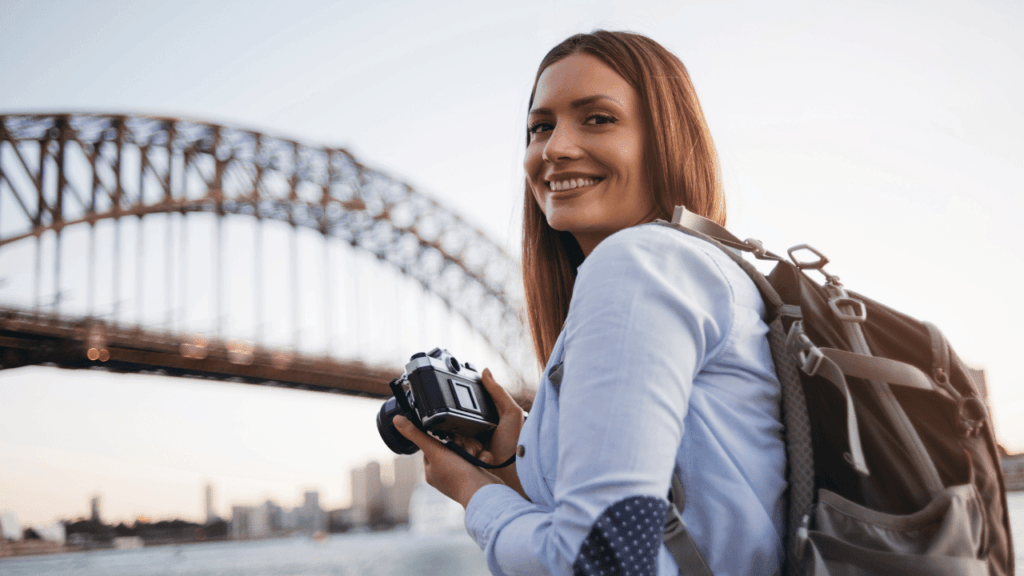
Solo Travel In The Australian Outback
Let’s get to the fun and most interesting part!
How safe is it to travel through the Outback all by yourself? For that, you need to understand what the Outback really is:
First of all, the Outback is huge! It stretches over 3 climate zones. Some areas are plain deserts, and other areas are inhabited by plants and wildlife. It is not a desert like the Sahara, but it is sparsely populated, so many days can go by before you meet another person.
While it sees quite a bit of rain, depending on where you are, it is often very hot and dry.
This brings me to the first, and in my opinion greatest, threat of the Outback:
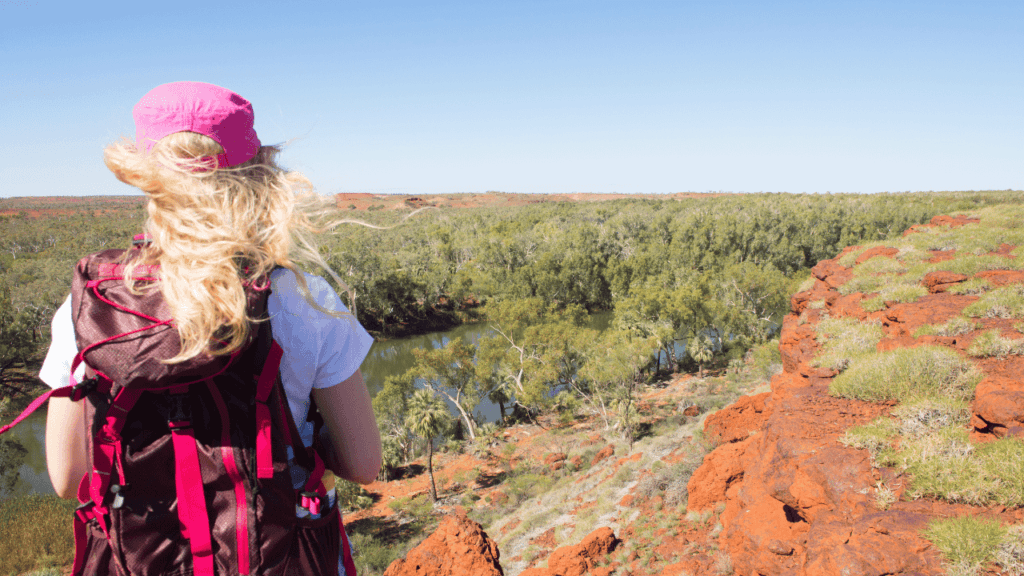
Dehydration and Heat Stroke
If you venture out in the Outback, make sure to always have a few canisters filled with fresh water in your car. And always fill them up when you get to a gas station. Sometimes there are also “water stations”, where you put in a coin and get fresh water for it.
Always do that, even if your canisters are almost full. You never know when you might need it and when you can fill them up again. Your car might break down (which happened to me) and then you’ll be thankful for having enough water until help arrives.
Take extra care when traveling alone. If you get a heat stroke while on a hiking trail, chances are very low, that someone will find you in time. Not every place has as many visitors as Uluru for example.
Always wear a hat, bring enough water, use sun lotion, etc.
I also recommend bringing a walking stick both for easier walking and protection.
Dangerous Wildlife
As mentioned before, I didn’t come across much of the feared wildlife but you still have to keep your eyes open, especially when traveling alone.
A snake or spider bite can be deadly if you don’t get help quickly, and when you are alone, there might be nobody around to get that help.
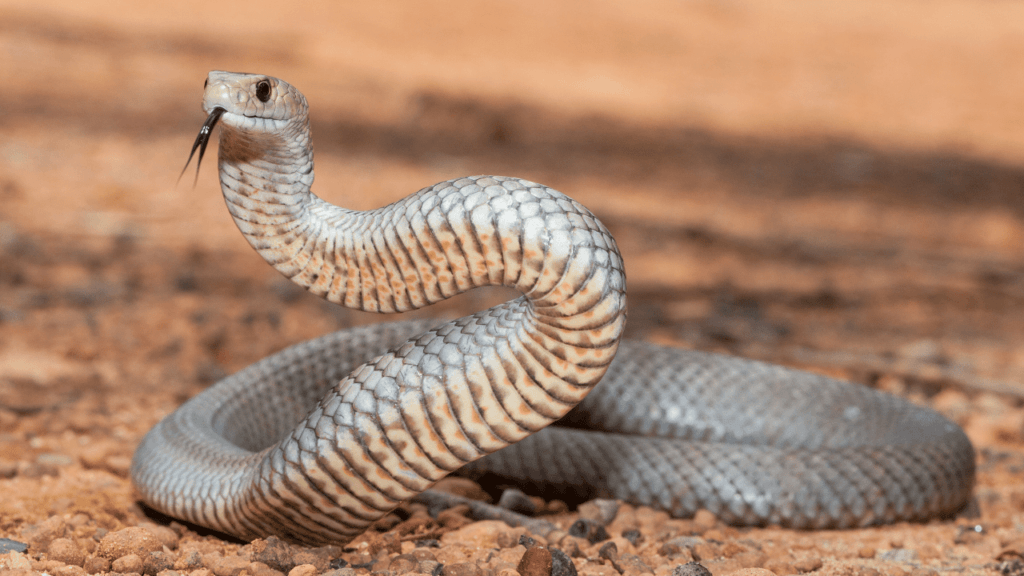
Dingos (a wild dog species in Australia) hardly attack a group of people, but when you are out alone, they might consider it. It is not unheard of that they attack lone wanders. It usually doesn’t end deadly but it might very well come to that if it’s a bigger group of Dingos. So, bring that stick and watch out for warning signs.
If you see a Dingo, don’t approach it and slowly retreat to your car. As with all predators that hunt, don’t run as it will be more likely to chase and attack you then. However, chances are high, that the Dingo won’t come near you at all. Especially a single Dingo won’t attack as long as it is not sick, threatened, or desperate.
Salties (saltwater crocodiles) are dangerous no matter if you are alone or in a group. Just stay away from rivers and lakes. The Outback itself doesn’t have many bodies of water, so you usually don’t need to worry about crocodiles. Only in the northern parts of the Outback do you need to be mindful of them.
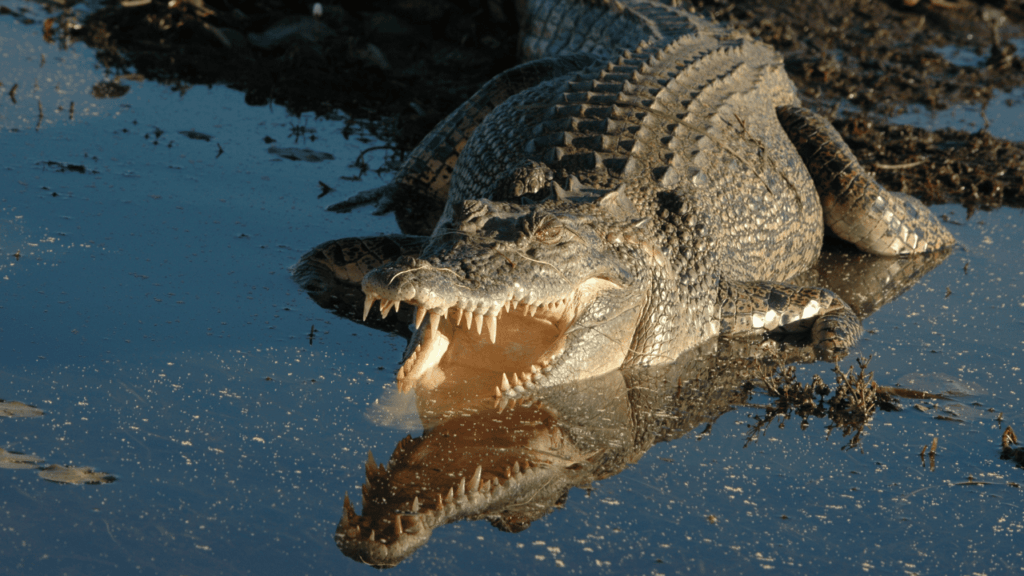
Kangaroos (or just “roos”) will mostly run away from you, especially the smaller ones. But there are also massive kangaroos like the “Red Kangaroos”. They can actually get quite dangerous when you are getting too close. That’s especially true when you are traveling with a dog. They can injure a dog with the claws of their front legs, or with their incredibly strong back legs. They are also known to put other animals in a chokehold or drown them in water.
Just stay away from them, if you notice that they are not scared of you, and put your dog on a leash!
There is a bird that I just have to put on this list, and it’s not the emu. While they can get dangerous, too, another bird takes the crown of the most dangerous bird (at least to humans):
The cassowary is a big bird that some might confuse with an emu but at a closer look, you will see that it has a very different head and colors. It is way more colorful.
What makes it so dangerous are its dagger-like claws. Then can slice you up pretty well.
However, they usually don’t attack unprovoked.
Just use common sense and don’t get too close. You’ll be fine!
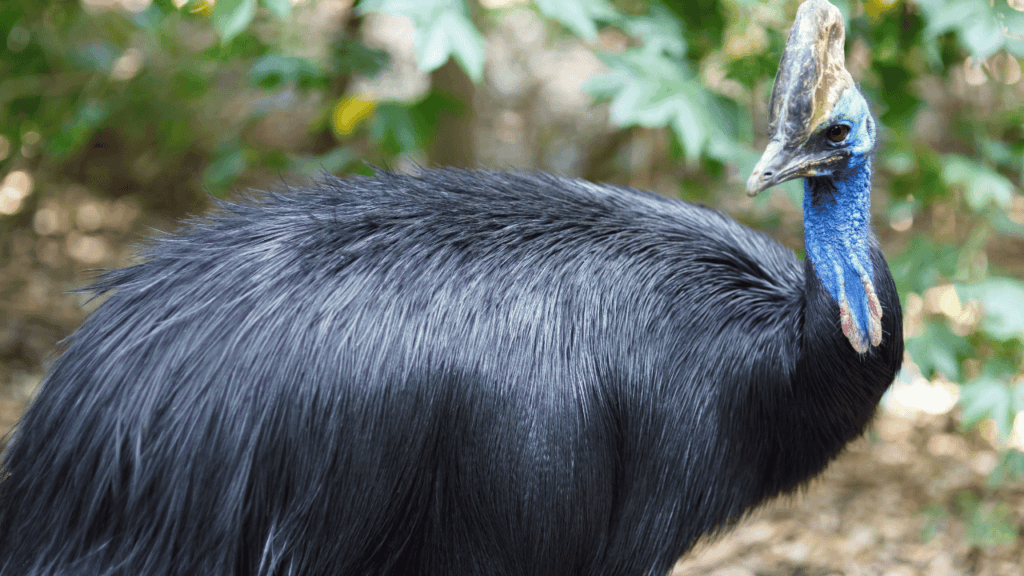
Roads and Traffic
Many roads in the Outback are sealed roads, so you can drive on them with any car or camper van. You won’t have any issues at all getting to Uluru, Alice Springs, and most other famous places in the Outback.
Just watch out for animals crossing the roads, there are loads of kangaroos, cows, and even camels!
Also, be aware that there are huge “road trains” (trucks with 2 or more trailers) speeding up and down through the Outback. When I was driving my old camper van, it happened a few times that I was too slow for the road trains. So they overtook me, which can be quite intimidating.
You don’t want to get in the way of those monsters.
Besides sealed roads, there are also many dirt roads. They might look like a shortcut sometimes, but if you don’t drive a 4WD car, I don’t recommend driving on one. We took a dirt road once with a normal van, and it took us much longer than the longer sealed road would have taken.
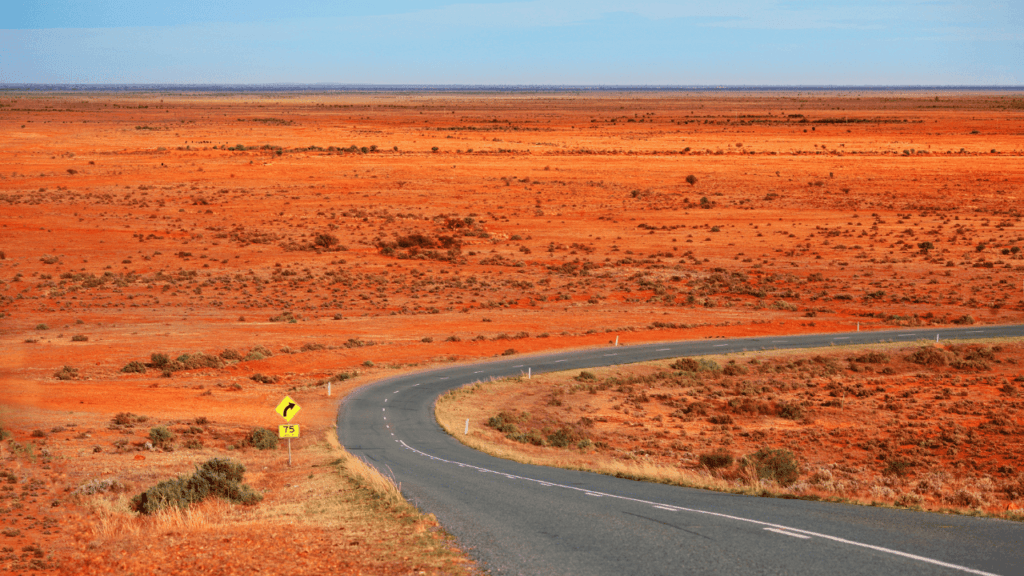
There’s also very little traffic on dirt roads, so if you happen to break down, there might be nobody coming along for a really long time.
There’s also a chance of getting ambushed on such a dirt road. We had one situation, where some people stopped us and said that they ran out of gas, and if we had any to spare. They didn’t look like “normal travelers” and the situation felt very fishy. One guy was hiding his hands inside their car window, so we decided to drive away and did not get out of the car.
Do I Recommend Solo Travel in Australia?
Yes! If you stick to basic rules and respect nature (especially in the Outback), you can very well travel solo in Australia. It can be a bit daunting but it is also a great way of getting away from everything and to clear your head.
And you will have loads of stories to tell when you get back to your friends and mates.
So what are you waiting for? Pack your back and start exploring Australia.

